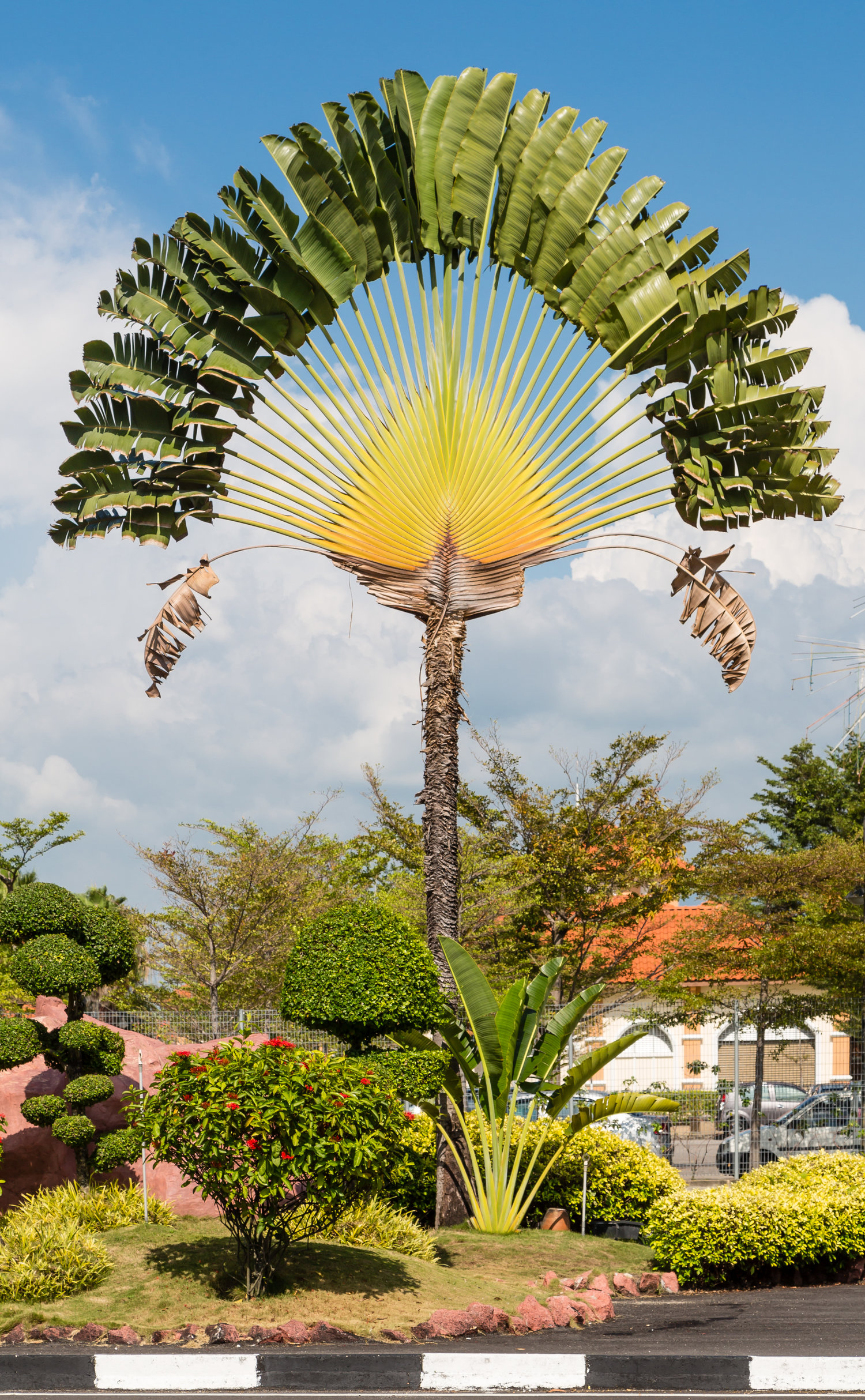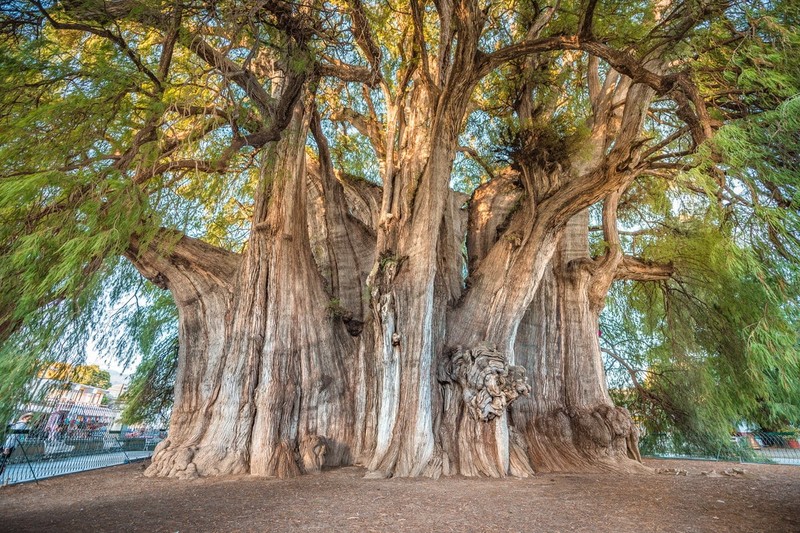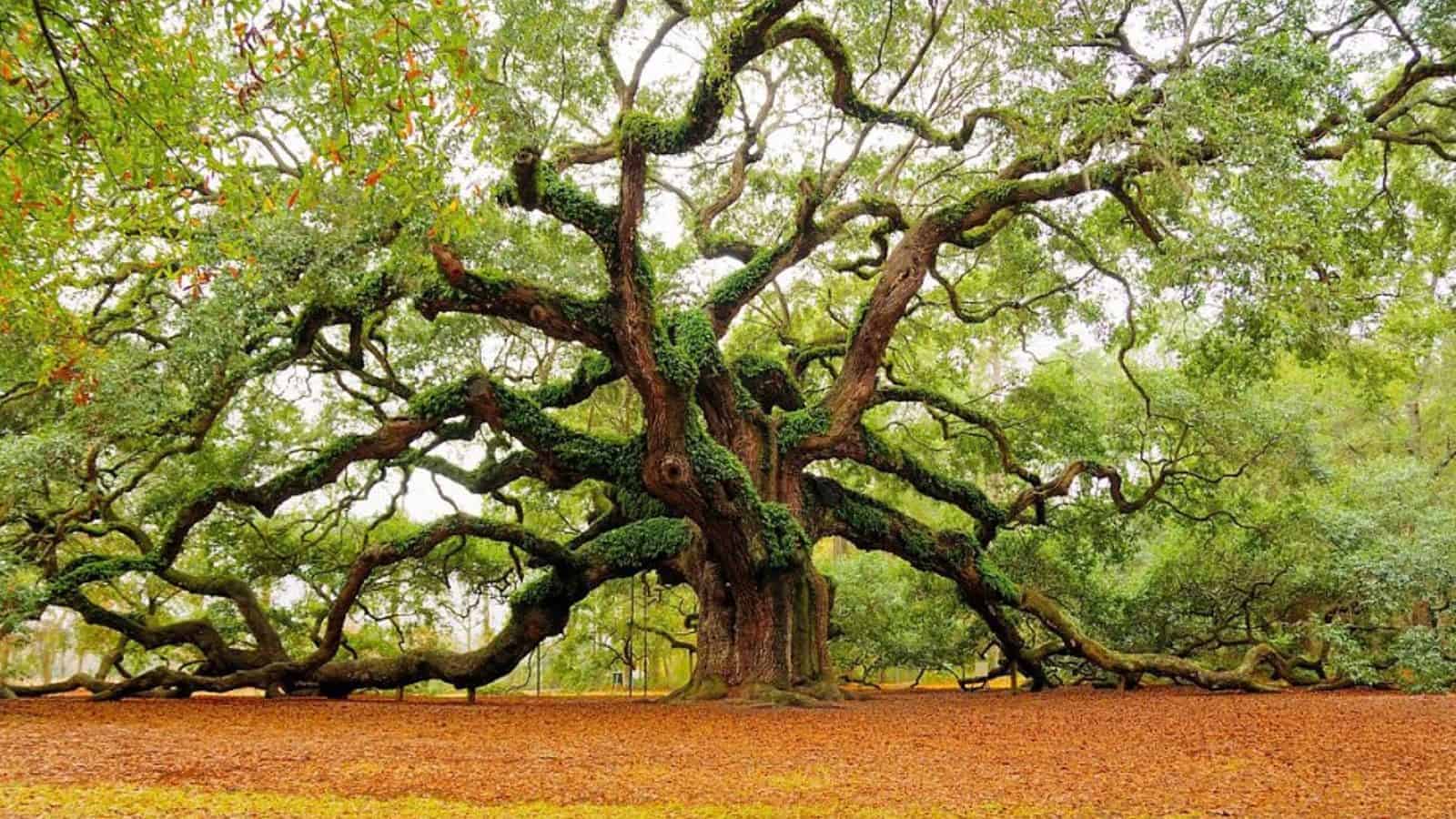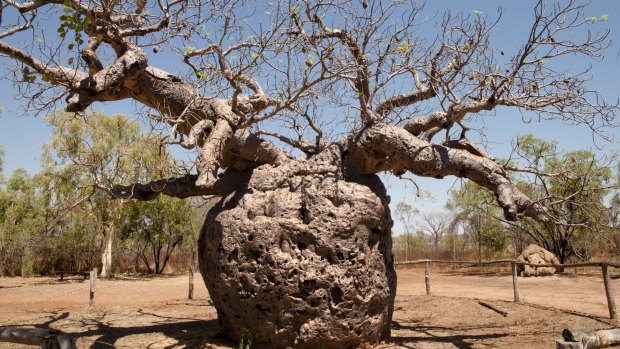The Biggest Tree on Earth is Bigger Than Your Imagination
We will explore the beauty of giant trees in nature, giant trees with impressive size and beauty. Imagine standing under the canopy of trees that are thousands of years old, or admiring the towering trees. Our journey begins with the giant Redwood trees of California, where these trees can grow over 100 meters high and have lived through many historical periods, from the Roman Empire to the Renaissance. With bark rich in tannin, they are resistant to fire, thereby promoting seed germination.
Next, we will travel to Australia to admire the Baobab tree, this tree is about 1500 years old, not only outstanding for its large size but also holds many historical secrets. The giant bark, with a diameter of more than 14 meters, was once used as a place to imprison indigenous people. Baobabs have the ability to store water, helping them survive in harsh conditions.
We will also visit the Dead Vlei, a forest of dead trees in the wild desert of Namibia. These trees create a striking contrast with the white ground, a testament to the power of nature and an inspiration for photographers.

The General Sherman Tree, located in Sequoia National Park, is the largest tree in the world by volume, standing at nearly 85 metres tall and over 2,000 years old. It is not only a natural wonder but also a symbol of the strength and longevity of nature.
Next, we will explore the ecosystem of the mangrove forest, where these trees grow in harsh conditions, with roots that protrude above the water, helping them adapt and survive. Mangroves provide habitat for many species of flora and fauna, while also protecting the coastline from erosion and natural disasters.

We will admire the beauty of the Rainbow Eucalyptus tree, with its rainbow-colored bark, a testament to the creativity and beauty of nature.
Each of the giant trees we encounter on this journey is not only a part of the ecosystem but also a symbol of culture, history and the power of nature. Let us celebrate and protect these wonders so that future generations can enjoy them too.

**Glisha Caspa** is a unique and striking tree with a trunk covered in sharp thorns, which protect it from threats. These thorns are so strong that they can even puncture tractor tires. According to one theory, the tree is shaped like this to defend against giant animals like mammoths. However, the beauty of the tree is not only in the thorns. When the tree blooms, it becomes a wonder of nature, with its rich green foliage creating a striking contrast to the sharp thorns.
**Oaml Fur Tree** is not only a home for many animals and plants, but also a stopover for Monarch butterflies on their fall migration. Each year, these butterflies fly thousands of kilometers from Canada and the United States to the Mexican rainforests to avoid the cold. This migration is driven by the unique climatic conditions and biological characteristics of the area, with the Oaml Fur tree providing ideal conditions such as coolness, protection from the wind, and an abundant food source from the sap secreted from its leaves.

The **Traveler’s Tree** is not just a normal tree but also a “savior” in hot tropical regions. Its large fan-shaped leaves not only provide shade but also store water, providing a precious source of water for those in need during dry times.

The **Antiarius Toxicaria Tree** is found in tropical forests and is known for its powerful poison, making it one of the most dangerous trees on Earth. The sap, leaves, and fruits of the tree contain many toxic alkaloids, which can cause severe poisoning or even death if exposed to the skin or consumed. This poison helps the tree defend itself from herbivores and insects.

**The Tul Tree** in Oaxaca, Mexico, is estimated to be over 2,000 years old and is one of the most impressive natural wonders. Its trunk is around 58m in circumference and 35m high, making it the largest tree in the world. Local legend holds that it was planted by an Aztec priest 1,400 years ago, and today it remains a symbol of local culture and heritage.
The **Agius Australis** (also known as Korri) in New Zealand is a symbol of natural grandeur. These trees can grow up to 50m tall and have a trunk diameter of up to 13m. They have lived for thousands of years, witnessing many historical events. These trees play an important role in the New Zealand ecosystem, providing shelter and food for many species of plants and animals.

The **Angel Oak** is a large, ancient live oak tree that provides shade for those seeking shelter. Its canopy spans 1,600 square metres and its branches can reach up to 57 metres. Hundreds of years old, the tree has become a symbol of strength and endurance in local culture. Stories surrounding the tree often involve the spirits of former slaves, making it a popular tourist attraction that attracts thousands of visitors each year.









